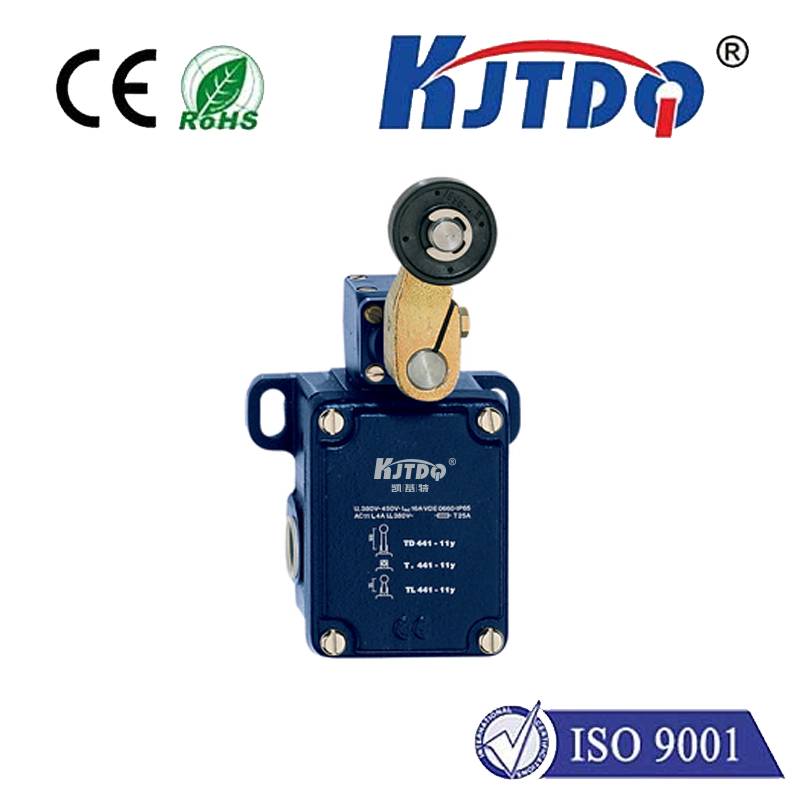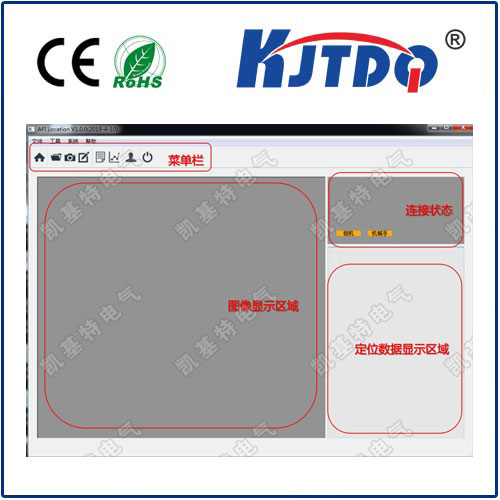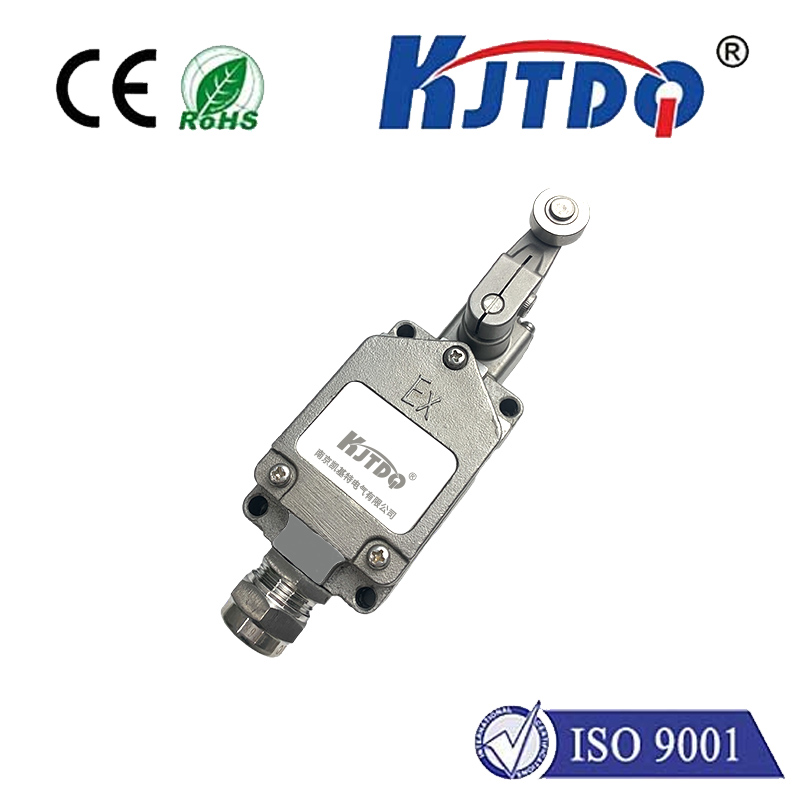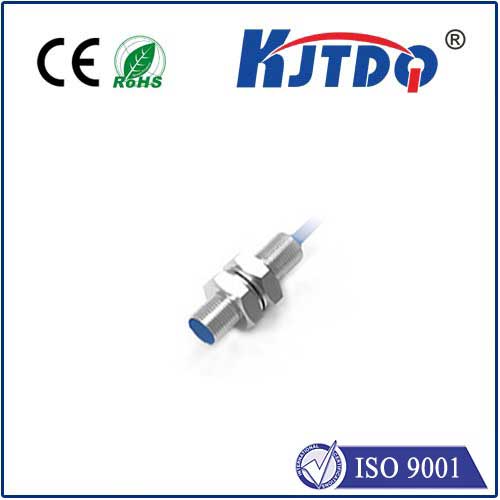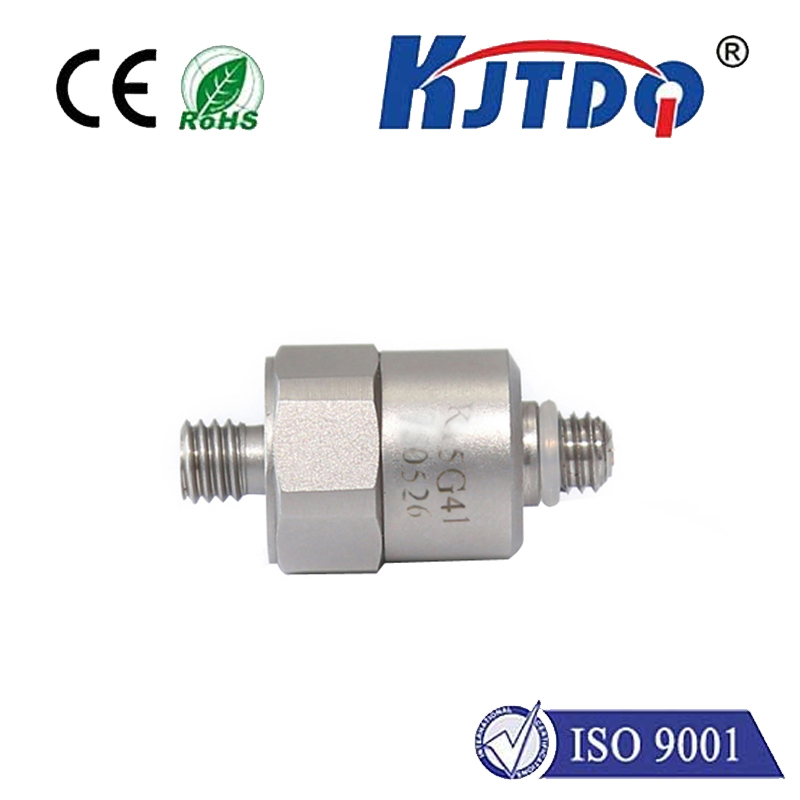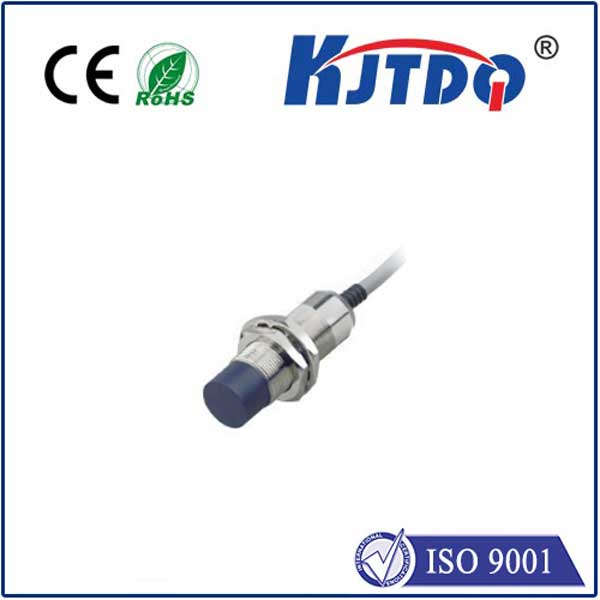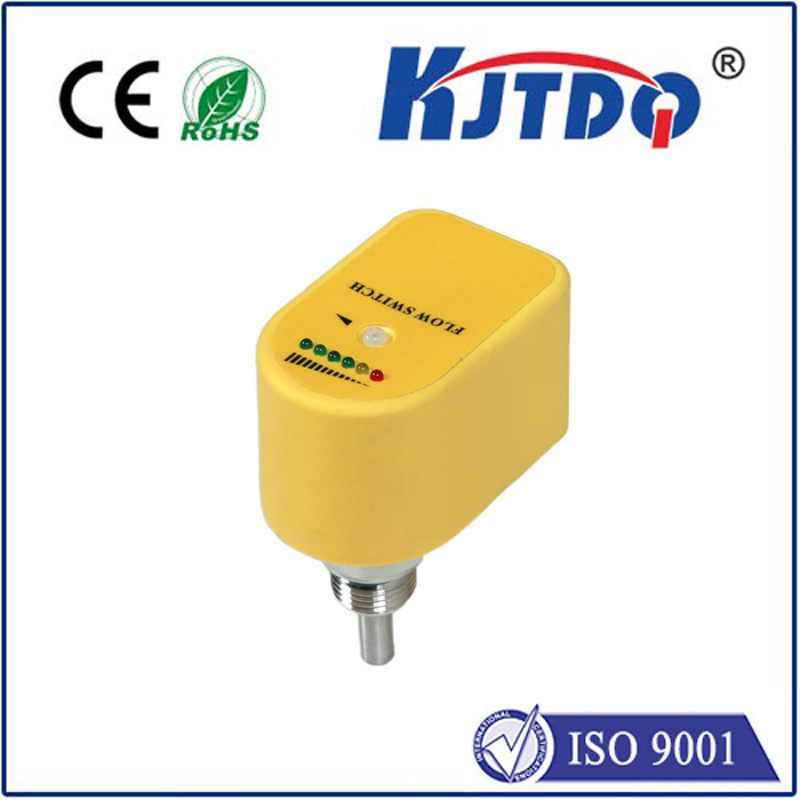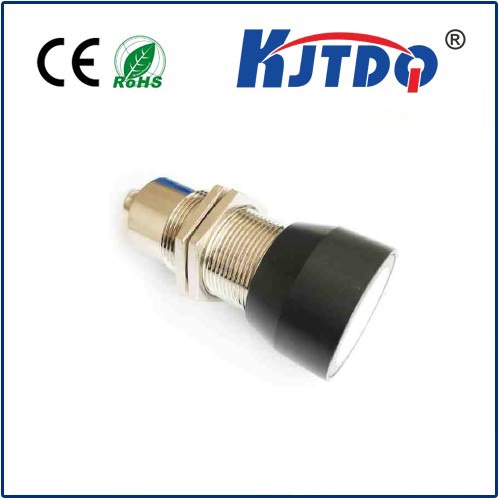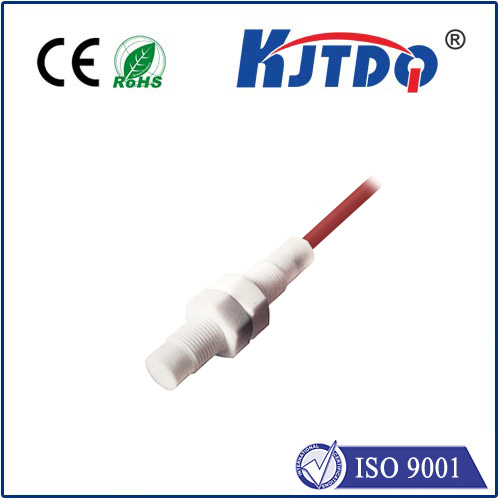
check

check

check

check
Title: Exploring the Wonders of Limit Switches: A Rotary Type Comparison
As an indispensable component in various industrial and electronic devices, limit switches play a crucial role in ensuring safety, reliability, and efficiency. In this article, we will delve into the world of limit switches, focusing on their different types, including rotary-type limit switches.
Introduction to Limit Switches
A limit switch is a mechanical device used to detect the motion of a machine or system. It typically consists of a movable lever or disc that is connected to an electrical circuit. When the lever or disc moves beyond a certain point, it opens or closes the circuit, sending a signal to the control system. This signal can be used to trigger actions such as shutting down a machine or preventing over-voltage.
Types of Limit Switches
There are several types of limit switches, each with its unique features and applications. Some common types include:
1. Mechanical Limit Switches: These are the most basic type of limit switches, consisting of a movable lever or disc that contacts a magnetic coil when moved beyond a certain distance. They are relatively inexpensive and widely used in many industries.
2. Retainer Limit Switches: Also known as "click" limit switches, these have a small spring that holds the lever in place when it is not being moved. When the lever is moved beyond a certain distance, the spring releases, allowing the lever to move freely until it reaches its limit again. Retainer limit switches are commonly used in applications where precise positioning is required.
3. Proximity Limit Switches: Unlike mechanical and retainer limit switches, proximity limit switches do not have any moving parts. Instead, they use an infrared sensor or other non-contact mechanism to detect the presence or absence of a target object. Proximity limit switches are often used in high-precision applications where accurate sensing is essential.
Rotary Type Limit Switches
Of all the types of limit switches, rotary-type limit switches are perhaps the most versatile and widely used. Rotary-type limit switches come in various designs, including 360-degree rotary switches and linear rotary switches. Here's what you need to know about them:
1. 360-Degree Rotary Switches: These are similar to traditional mechanical rotary switches, but instead of having multiple positions like a clock face, they have three or four positions that can be rotated continuously. They are often used in applications where precise positioning is important, such as in motors and automation systems.
2. Linear Rotary Switches: As their name suggests, linear rotary switches have a straight line of movement instead of a circular one. They are commonly used in applications where precise positioning is not required, such as in light switches and alarm systems. Linear rotary switches are also known as stepper motors due to their ability to generate continuous linear motion.
Features of Rotary Type Limit Switches
Compared to other types of limit switches, rotary-type limit switches offer several advantages:
* High precision: Rotary-type limit switches can achieve very high precision levels, making them ideal for applications that require precise positioning and control.
* Smooth operation: The rotation of a rotary-type limit switch is smooth and effortless, minimizing friction and maximizing energy efficiency.
* Easy to install: Rotary-type limit switches can be installed quickly and easily without requiring any special tools or skills.
* Compact design: Rotary-type limit switches are designed to be compact and lightweight, making them ideal for use in tight spaces or applications where space is limited.
